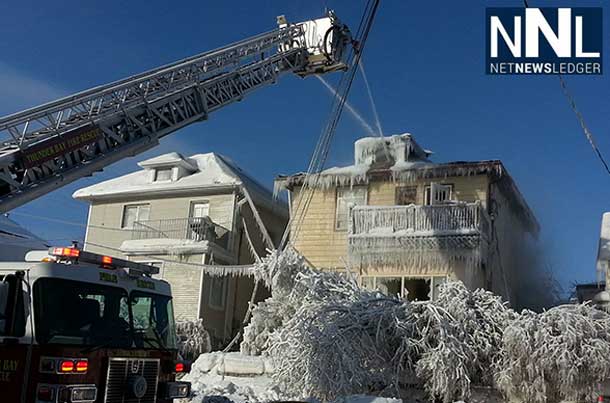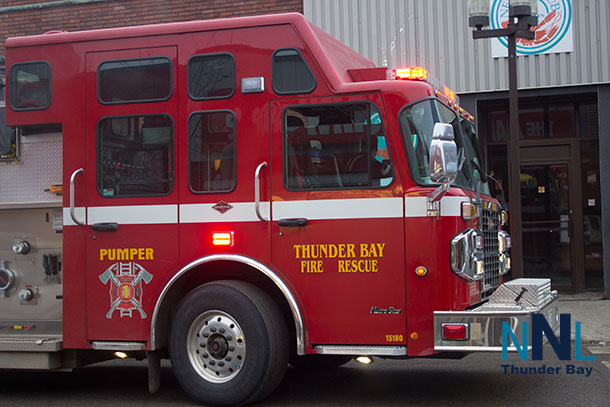
VANCOUVER, BC – OPINION – In an era where municipalities across Canada face budgetary pressures while claiming a lack of revenue, all spending choices warrant close examination.
When it comes to fire services, a key municipal responsibility, there’s no doubt firefighters play an important role in protecting our communities. But as a recent Fraser Institute study found, we’re seeing a puzzling trend: a growing number of firefighters and escalating fire services spending, despite fewer fires to fight.
Yes, you read that right. Taxpayers are paying for more firefighters to fight fewer fires.
For example, in Ontario, where we have the most comprehensive data, from 1997 to 2012, the number of reported fires fell by 41 per cent while the number of firefighters increased by 36 per cent.
If it sounds perplexing, it’s because it is. It seems logical to expect the number of firefighters to move in the same direction as the number of fires. Yet the reasons for the marked increase in Ontario firefighters remain largely unclear.
Of course, the role of firefighters is changing. They now increasingly respond to non-fire calls such as medical emergencies and motor vehicle accidents. In Ontario, from 2000 to 2012, the number of fire-related calls fell by 15 per cent while non-fire-related calls increased by 24 per cent.
And in Toronto, less than 10 per cent of response calls in 2013 were for actual fires (this share was as low as seven per cent in 2011).
Is the changing mix of response calls a good or bad thing? Not clear.
Outside of Ontario, a dearth of available data on the number of fires prevents a similar analysis of other provinces or Canada as a whole.
But consider this. During the same 16-year period, the number of firefighters in Canada grew to 32,400 from 25,900 – a 25 per cent increase, outpacing the country’s overall population growth (16 per cent). Unfortunately, without comparative national fire data after 2002, we can’t say for certain whether Canada is experiencing an Ontario-style trend (more firefighters for fewer fires).
But we do know the trend of more firefighters and fewer fires is occurring in the United States and internationally. Thanks to updated building codes and better technology (fire-proofing materials, smoke alarms, sprinklers, etc.), the number of fires everywhere seems to be on the wane.
All this should raise important questions about fire services spending. From 1988 to 2008, the period with comprehensive spending data, local government spending on fire services in Canada increased by 167 per cent. By comparison, spending on education (including school boards) increased by 116 per cent.
With comparably faster growth, it’s not surprising that fire services spending consumed a larger share of total local government spending in 2008 compared to the share in 1988.
The dearth of available fire data prevents us from better analysing the dramatic rise in firefighter numbers across the country. Without a comprehensive analysis, Canadians are unable to decide if they are getting good value for their tax dollars when it comes to fire services spending.
But one thing is clear. If taxpayers want municipalities to better control spending, they could begin by asking questions about the delivery of fire services.
Charles Lammam and Milagros Palacios are co-authors of the Fraser Institute study Municipal Fire Services in Canada: A Preliminary Analysis which is available at www.fraserinstitute.org
© 2015 Distributed by Troy Media







